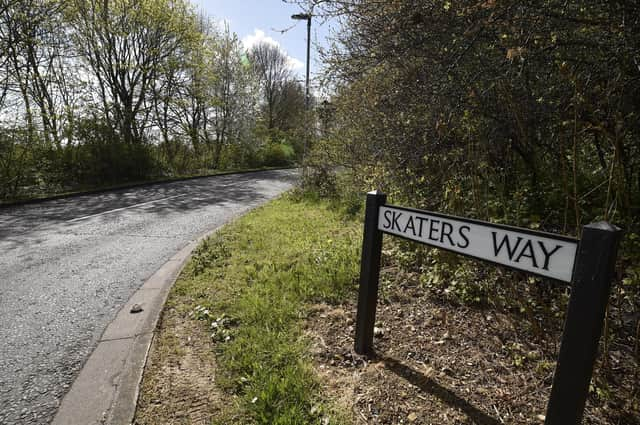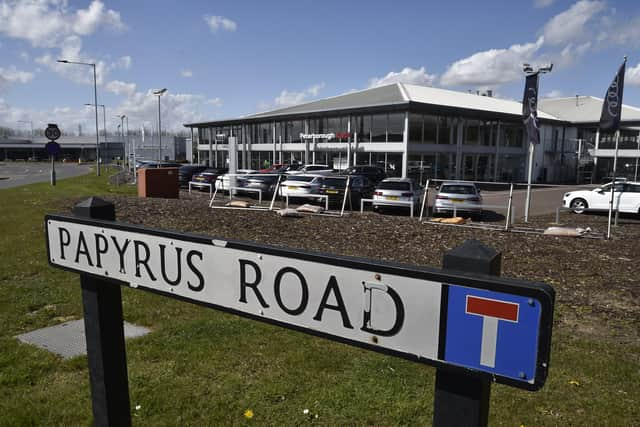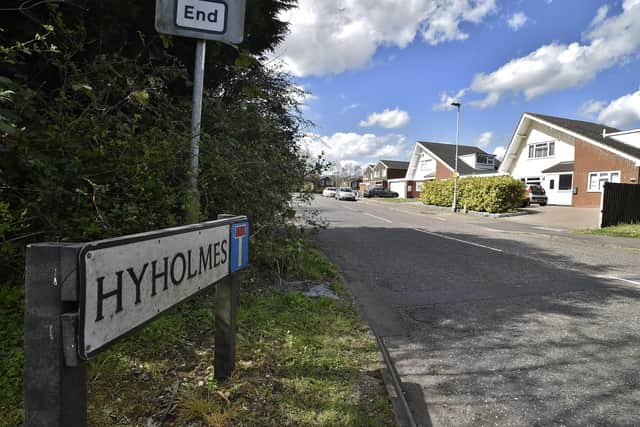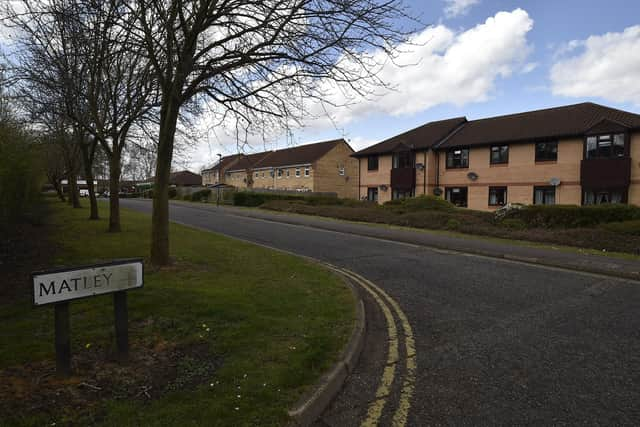LOOKING BACK: How ‘new town’ Peterborough got its street names


A fascinating article about the naming of the new parts of the city appeared in the Evening Telegraph on November 16, 1984.
It told of the work of Leslie Webb who was in charge of finding names for the new places. Unfortunately it doesn’t have much detail about Mr Webb.
Advertisement
Hide AdAdvertisement
Hide AdIf you have any, please get in touch at [email protected]


The article is reprinted in full below.
Fancy living in... Dead Man’s Lane, Cow Hovels and Tumbledown? No? – well don’t take up your pens to protest to your local MP, for these are ideas that have already been quietly shelved as potential street names for the Peterborough townships.
For Leslie Webb managed to keep his sense of humour well below his sense of decorum when he was choosing them.
He is the man who came up with dozens of street names which were needed for the expanding townships.


Advertisement
Hide AdAdvertisement
Hide AdEarly on, Peterborough Development Corporation decided to increase new arrivals’ sense of belonging by using locally-linked names.
And that sent Mr Webb on an 11-year-detective hunt that took him to Huntingdon and Northampton and back 20 centuries.
It was the late Earl Fitzwilliam who started the ball rolling, back in the late 1960s. He was asked to come up with a possible name for the area of farmland and meadows that was to become Peterborough’s first township.
He suggested Bretton Woods. The corporation decided to drop the last word, and Bretton township was born.


And this is where Mr Webb started to become involved.
Advertisement
Hide AdAdvertisement
Hide AdLooking for names for the Ortons set him off on his first detective hunt.
“We would not just call the township Orton Waterville or Longueville because the two villages wanted to stay separate from the new building,’’ he said.
In Bretton he looked at medieval field names - like Hyholmes and Holdfield - for inspiration.
“We thought why not extend the principle?’’
So he went to the county record offices in Northampton.
Much of the city was in Northamptonshire until local government reorganisation in the 1970s.
Advertisement
Hide AdAdvertisement
Hide AdThere in old maps he found the name Brimbles, Wistow, Goldhay and Malborne.
The last one nearly didn’t make it, recalled 67-year-old Leslie. “We had a complaint that ‘mal’ means ‘bad’ in French. So the name implied people living there were ‘badly-born’ - illegitimate.’’
Old field names like Muckland, Common Muckhill, Cow Hovels and the cheerful sounding Dead Man’s Lane were left in the history books.
Orton Southgate was taken from the name of a leading family at nearby Alwalton.
Advertisement
Hide AdAdvertisement
Hide AdHis searches took him to the local library, county records and even Kelly’s Post Office Directory of Northamptonshire from 1847.
That supplied the name of Copeland from John Copeland who was a”draper and tea dealer’ in what is now Cathedral Square.
He went back 2,000 years to come up with Belgic Square industrial site in Fengate. That name came from the powerful Belgae tribe which lived in the are in the Iron Age.
The influence of the church over the centuries provided more inspiration - like medieval abbots from the local monastery such as Alfric, Leofric and Wulfric.
Advertisement
Hide AdAdvertisement
Hide AdYou might think that Goodacre in Orton Goldhay is a nice homely reference to fertile farming land.
Wrong!The name was the surname of mine host at The Blackmoor’s Head pub that used to stand in Long Causeway.
Of course, Peterborough’s famous railway connections were not forgotten. Many roads built near the line have the connection.
Gresley Way in Westwood is taken from Sir Nigel Gresley, who designed steam engines.
Bretton’s Mallard Way is named after one of his engines, not the duck.
Leslie even looked at foreign Peterboroughs in the search for new names including places in Canada and Australia.